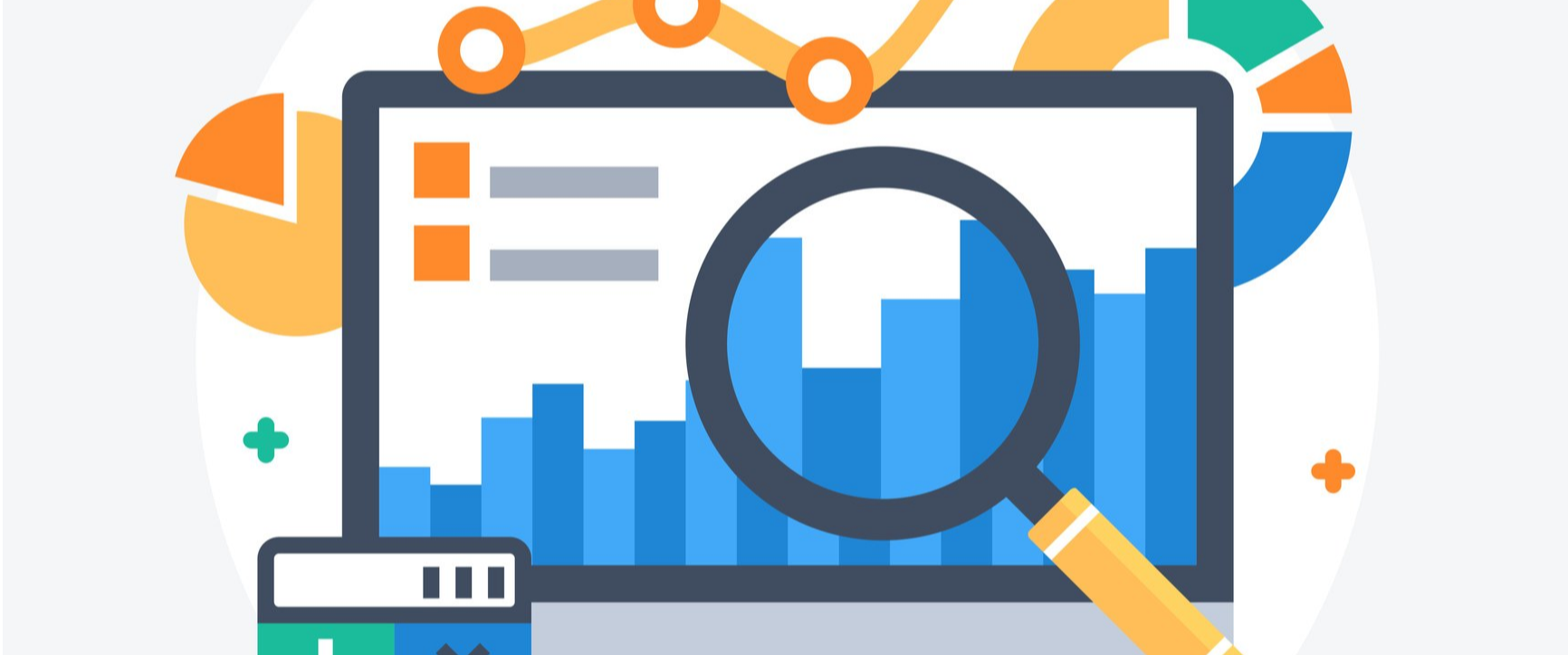In order to grow in the digital age, AUTOMATION is the KEY STRATEGY you must leverage within your organization to drive profitable growth. AUTOMATION will help reduce cost, increase sales, and ensure that you maximize your staff's unique abilities. As a matter of fact, did you know that 78% of rock-star marketers say that their company’s top revenue contributor is marketing and sales automation? (Lenskold Group Report). And according toVB Insight Data 7 out of 10 companies that leverage automation saw a significant increase in revenue growth.
In this article we'll cover 5 key strategies to help achieve growth and leverage automation within your organization. Let's begin!
1. Automate a Contextual Web Experience

You can increase conversion rates, customer retention, and customer lifetime value by delivering a personalized website experience based on a visitor's browsing behaviors, geographic location, purchasing history, and preferences.
In fact, 44% of consumers say that they are likely to make repeat purchases after a customized online experience while 56% of shoppers are more likely to return to a site that offers personalized product recommendations (Segment Personalization Report).
Use automation technologies to display dynamic content in real-time based on visitors' behaviors. Leverage information in customers' profiles to deliver targeted content, product recommendations, or offers to increase engagement and drive more sales.
You can also use a customer data management platform to collect user data from a variety of touchpoints (e.g., website, email, social media, chat) and integrate it with website automation technologies to deliver high-converting, personalized content.
2. Automate the Sales Funnel

Businesses that use automation in their sales funnel have noticed an 80% increase in qualified leads (VB Insight Data). These tools can help you deliver an interactive customer experience that builds relationships and drives conversion at scale.
Here are a few ways to apply automation to your sales funnel:
- Email follow-up: Set up an automated workflow that sends an email sequence to prospects when they join your list. Email sequences are crucial for your success because they increase customer visibility, encourage purchasing, and engage users without taking away your valuable time.
- Lead nurturing: Automate your sales funnel and use behavior-triggered email workflows to send the most relevant content, offers, and product recommendations to prospects.
- Lead scoring: Use machine-learning and automation technologies to evaluate each prospect's interactions with your brand and facilitate collaboration between sales and marketing teams.
Most email service providers offer a variety of features to help segment your list and create workflows that can be triggered by different criteria (e.g., making a purchase, clicking on a link, opening an email.)
Some of these services also integrate with other tools, such as eCommerce or CRM platforms, so you can deliver a seamless experience throughout the entire customer journey.
3. Automate the Sales Journey

There are a variety of customer relationship management (CRM) and sales automation tools that can streamline repetitive tasks while helping you follow up with leads and nurture relationships at scale.
Here are a few ways sales automation tools can accelerate your sales cycle:
- Automatically add leads and create opportunities in the CRM system.
- Alert sales team when leads exhibit behaviors or interact with content in a way that indicates high purchase intent so they can contact the prospects.
- Automate appointment setting and send email reminders so sales reps can focus on connecting with prospects and closing the sales.
Many CRM and sales automation platforms also integrate a variety of features, such as email services and customer data management, to help further streamline team communications and automate processes.
4. Automate and Unite Multiple Platforms

As your organization grows, departments will often use different software applications and databases. Over time, these discrete systems can cause challenges in communication and collaboration among teams (e.g., sales, marketing, finance.) Your department may even waste time entering similar data into multiple systems.
Connecting the various applications and implementing process automation can help you streamline workflow, reduce error, lower cost, improve productivity, and facilitate collaboration.
You can use tools, such as IFTTT or Zapier, to automatically connect interrelated databases. For example, when information on one platform is updated, the changes will automatically be reflected in other databases or trigger a workflow in another application.
5. Automate Marketing and Sales Reports

Reporting is the key to helping sales and marketing teams understand what's working and what isn't. It also allows you to keep a close eye on the latest marketing trends and consumer behaviors.
However, manually pulling up reports every single month (or week) can be tedious and time-consuming.
To ensure that decision-makers have access to the latest data in a timely manner, you can automate report generation with applications like Databox to ensure that relevant reports are created and distributed when and where you need them.
Conclusion: Why aren't you automating?
Automating sales and marketing tasks can help you standardize processes, streamline operation, improve collaboration between sales and marketing, reduce errors, and respond to your prospects in a timely manner so you can increase sales and improve customer retention.
If you're already working with a team who provides digital marketing services, ask them how you can implement marketing and sales automation tools that will help you achieve your business objectives.









